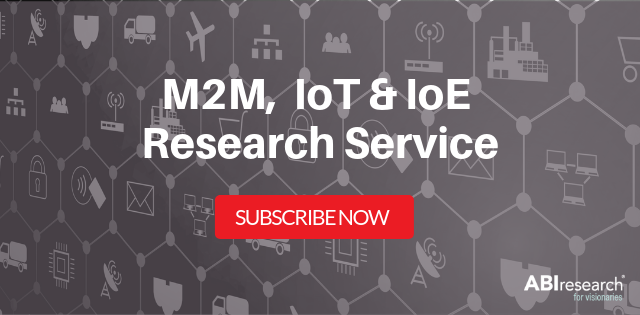When discussing the Internet of Things, most people think of connected factories, or smart homes, or even smart cities. However, another, somewhat unlikely industry is starting to embrace the potential of the IoT – agriculture.
That’s why, by 2024, more than 2 million farms and 36 million cattle will be connected, according to our new Agriculture’s Digital Transformation – AgTech and Farming application analysis report.
Universal Drivers. Local Barriers.
IoT adoption will take root within agricultural markets across the world. That’s because it offers several significant benefits, including improved yields, higher quality products, and greater insight for farmers to more efficiently manage their operations. This insight will come in two main categories:
For field and tree crops: The introduction of connectivity will help improve irrigation, ensuring that crops receive sufficient water and at the same time limiting excess water for efficiency and to align with government regulation.
For livestock: Collecting data relating to the health of the animals, including birthing activities, as well as knowledge of their whereabouts, can provide powerful new insights.
Agricultural IoT is gaining popularity in some locales already. In North America, for example, the political climate is proving challenging for the immigrant workforce required by the agricultural sector, and more automation could make up for this lack of manual labor. In Europe, farmers are notably younger than elsewhere in the world and are more naturally receptive to adopting new technology.
However, not all markets are able to take advantage of them. That’s primarily due to the fact that farmers in remote areas lack knowledge about connected agriculture. Education, therefore, is vital if vendors want Agricultural IoT to succeed on a global level.
Drones Vs. Sensors
Drones have been touted as a key component of the future of farming. However, while drones can provide high-level aerial imagery, which in turn can be used to glean analytics on indices like chlorophyll content, it is time-consuming and can lack granular information.
On the other hand, ground-level, sensor-based systems are more insightful and cost-effective for focusing solely on monitoring soil under the crops and animal behavior. This is exactly the information farmers need to map out their plan of action to secure optimum yields.
The Technology Behind The Connectivity
The technologies that will power IoT in connected agriculture will heavily rely on gateways and low-power wide area products. LoRa is increasing finding preference in supplier solutions, particularly for sensor-to-node connections. The cost of connected agriculture system depends upon the number of sensors, with vendor pricing strategies ranging from a single upfront fee and an inclusive subscription to a data management platform (as with Sensoterra), to a zero upfront cost but a data subscription-only model (as with CropX). The former may be preferable for large farms, and the latter better for smaller ones.
Get More Intelligence On Agricultural IoT
Our Agriculture’s Digital Transformation – AgTech and Farming application analysis report provides in-depth analysis on key market trends and factors driving Agricultural IoT. It is part of our comprehensive M2M, IoT and IoE research service. Subscribe now.
